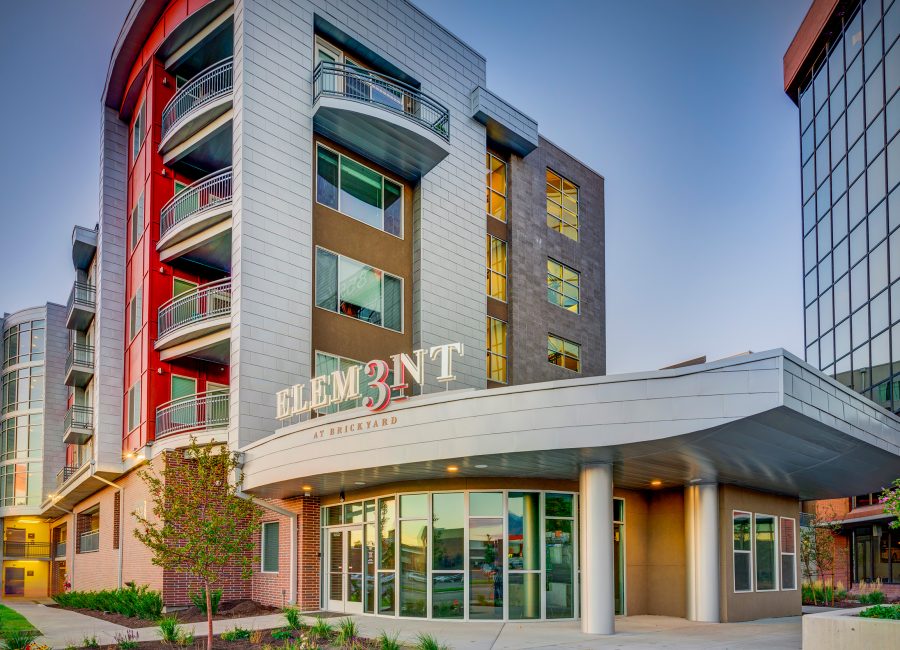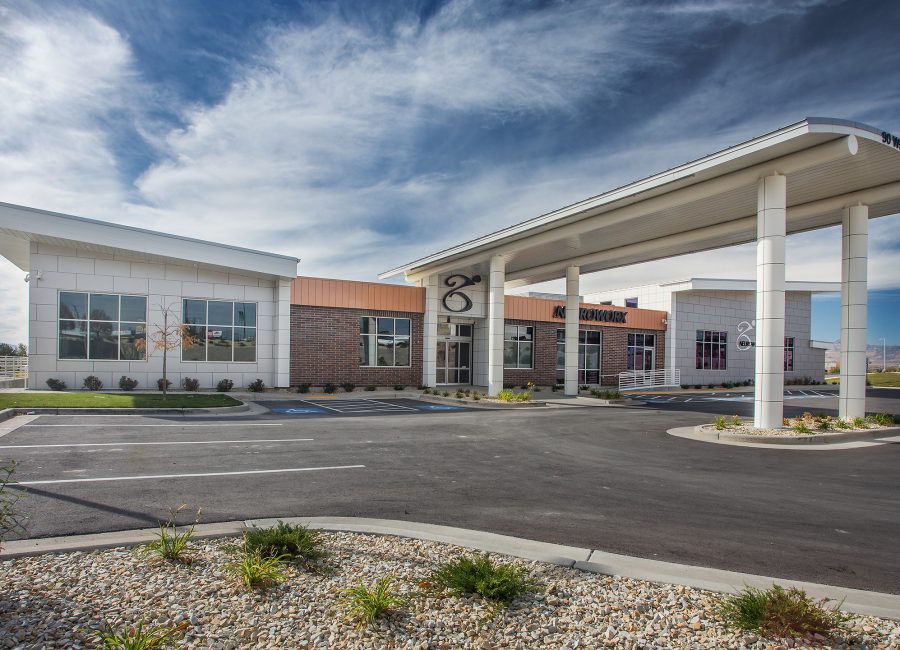Our innovative Utah architects are known for creating elevated functional architectural designs with an artisan touch. As a full-service architectural design firm in Utah, we provide professional architecture services for commercial and residential projects. We can handle every aspect of your next architecture project, from planning and design to project management. Contact us to get started today!
Meaningful Design That Puts Your Ideas First
Lying at the heart and soul of everything we do is our determination to create innovative, thoughtful, and visionary architecture designed with people in mind. Push the limits with our award-winning architectural designers, who always hit the mark.
Combining Form, Function, and Innovation
Think Architecture offers a unique blend of expertise, vision, and professionalism encompassing a wide range of planning, design, and architecture services to assist private and public clients in Utah. Our approach relies on the wisdom and clarity of experience with energy and youthful innovation to design finished projects that are exciting in form and grounded in function.
One of the key reasons our architecture company has been so successful is our broad expertise in many industries and market sectors. Our goal is to design practical yet inspiring projects that are bold and cost-efficient, novel yet still highly buildable. This broad scope and diverse experience help us understand a wide variety of construction methods and architecture types, translating into confirmed best practices and making every building highly successful.
Creative Solutions to Complex Architectural Challenges
Architecture is a practical art resulting in the design and construction of buildings. It starts with a client’s facility program, building site, and desired outcome. Our award-winning Utah architects use their knowledge and professional expertise to coalesce these desires with the challenges presented by the given site or environment. Every project or commission results from solving a complex problem, eventually becoming a usable, beautiful, and durable piece of art.

Architecture FAQ
What is architecture?
Architecture is the process of sketching, designing, planning, and constructing buildings or other structures. Though that is a simple definition, the architecture process involves many intricate elements. For example, architecture can express culture and is often considered art. At the same time, architecture involves measurements involving thorough math knowledge and other precise details. In other words, architects have the task of creating a new space using various learned skills. Architects, who often work under the tutelage of an architecture firm, design buildings and structures that meet the client’s aesthetic, safety, and functional requirements.
What is green architecture?
Green architecture advocates for sustainable energy sources, including the safety and reuse of building materials and updating existing buildings with efficient technology. The focus of green architecture is to effectively reduce the adverse effects of many structures on their surrounding environment, such as air pollution. Common green architecture elements include solar panels, rainwater harvesting, commercial composting toilets, green roofs, and energy-efficient windows. In addition to being healthy for the environment, green buildings offer benefits for the occupants, such as improved air quality. Any architecture firm wanting to add green architecture to their list of services must undergo additional training to provide these services for their clients successfully.
What is sustainable architecture?
While commonly called green architecture, sustainable architecture is designing buildings that limit humanity’s impact on their surrounding environment. This eco-friendly approach to architecture ensures that the demands of the present are met without compromising future generations’ ability to meet their own needs. In other words, sustainable architecture aims to make as little impact as possible. Sustainable architecture, designed by a green architecture firm, often contains recycled building materials and efficient construction methods while being designed to use substantially less water and energy. Buildings are designed by green architecture firms with thoughtful, smart designs using the latest available technologies.
What is sustainable design in architecture?
Sustainable design in architecture refers to creating buildings and structures that focus on ecological and social sustainability. Green architecture firms believe that sustainable design reduces the building’s adverse effects on the environment and improves the health of the building’s residents. Architects accomplish this goal by encouraging the use of recycled products, using environmentally friendly materials, and limiting the consumption of non-renewable resources. During the planning phase, architects also incorporate elements such as solar panels or windmills to reduce the carbon footprint of the building. As sustainable design architecture is popular, many architecture firms add this service to their portfolios.
What is environmental design architecture?
Environmental design is becoming more sought-after and recognizable, emphasizing green, healthy living. Environmental design addresses environmental issues while creating spaces that enhance a specific area’s social, natural, cultural, and physical environment. Architects focus on studying the principles of architecture that are harmonious with their surroundings and seek to be beneficial to the environment instead of causing more harm than necessary. Any architecture firm focusing on environmental design effectively plans ecologically sustainable and safe spaces for the surrounding environment. Architectural firms can apply environmental design to many projects, including commercial, recreational, and residential living spaces.
What is design concept in architecture?
Design concept in architecture refers to the main idea of the project. In other words, it is the big-picture idea of the project that showcases the overall intent of the design. It protects everyone, beginning in the early schematic design phase through the project’s construction phase. A cohesive and unified design concept decreases potential problems, making all future design decisions much easier. While commonly produced by an architecture firm, the design concept is commonly influenced by various factors, such as the use of the building, the cultural context of the site, and the area in which it will be built.






